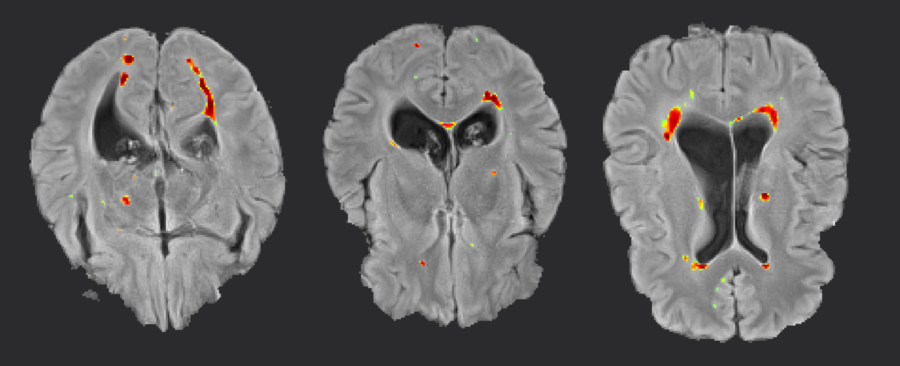Computers to Assist Physicians in the Identification and Measurement of White Matter Hyperintensities in Brain Imagery Across Time for Patients. The Product will be Unveiled at the Mayo Clinic Convergence Neuroscience 2017 Conference in Atlanta on Tuesday, October 24th.
There is a growing need to identify and quantify WMH in patients…this new application addresses these challenges and is able to scale to a world-wide level..
ATLANTA (PRWEB) OCTOBER 24, 2017
Using advanced artificial intelligence, the data science team at NLP Logix and clinical team of Mayo Clinic, have produced a computer model which can identify white matter hyperintensities (WMH) in MRI images of the brain. The model was produced under the joint product development agreement between NLP Logix and Mayo Clinic announced this past July.
It took several months, massive amounts of data and a clinical team from Mayo Clinic to work with the data science team at NLP Logix to train the computers to identify and calculate the WMH. “It is very exciting work,” said Matt Berseth, Co-Founder and Lead Scientist for NLP Logix. “To watch the technology evolve into an application which can accelerate clinical research and possibly lead to an improvement in patient care is very rewarding for our team. We’ve spent over six years building the deep learning infrastructure and team to be able to deliver on the promise of artificial intelligence and to see it in practical use is very exciting.”
“Accurate assessment and longitudinal monitoring of WMH is of major importance in patients with cardiovascular risk factors such as diabetes and hypertension, cerebrovascular disease, and multiple sclerosis,” says Vivek Gupta, M.D., neuroradiologist at Mayo Clinic’s campus in Florida. “The volume of data to be processed for quantification of WMH is enormous and methodologies currently in use are quite laborious, which can limit their clinical use. Using cutting-edge deep machine learning, we should be able to accurately measure total brain and white matter volume and quantify the burden and progression of white matter disease not only for accurate clinical monitoring of patients and clinical drug trials, but also in longitudinal population-based extremely data-intensive research studies involving large cohorts.”
There is a growing need to identify and quantify WMH in patients and there are challenges generalizing across different MRI hardware and scanning techniques, which can inhibit widespread application. This new application addresses these challenges and is able to scale to a world-wide level through its ability to be hosted on the Microsoft Azure platform.
The WMH decision support application will be unveiled at the Mayo Clinic Convergence Neuroscience 2017 Conference in Atlanta, GA on Tuesday, October 24th, 2017 and will be the subject of a presentation at the leading artificial intelligence gathering, NVIDIA GPU Technology Conference in Washington, DC, November 2nd. “Convergence calls for groups within many backgrounds of science including life, biomedical and other fields to come together to solve unmet health needs,” said W. David Freeman, M.D., Neurologist and Course Director for Mayo Clinic Convergence 2017. “To be able to show clinicians how artificial intelligence can accelerate research and treatment of complex disease is one of the main goals for our conference.”





